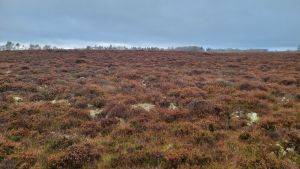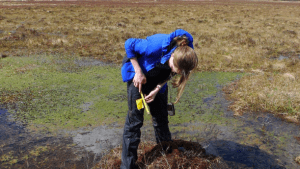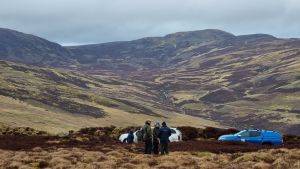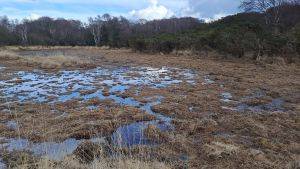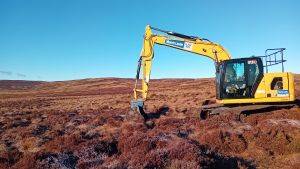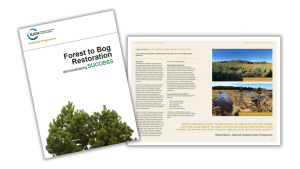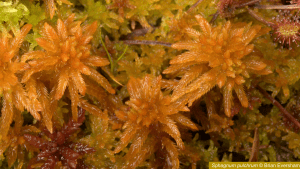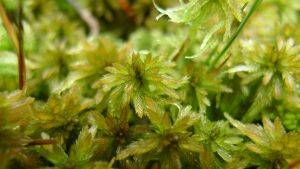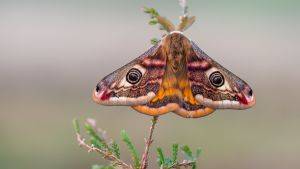Ten million tonnes of carbon dioxide are lost to the atmosphere from the UK’s damaged peatlands each year. There are also concerns about emissions of highly potent greenhouse gas methane from rewetted peatlands. However, evidence suggests that it is possible to halt the loss of carbon from peatland through habitat restoration, and that methane emissions are likely to be small in relation to the overall greenhouse gas benefits from restoring peatlands.
The Climate Change Mitigation and Adaptation Potential review is built upon evidence from a Joint Nature Conservation Committee (JNCC) report (in prep) 'Design for a research programme to address evidence gaps in greenhouse gas and carbon flux from UK peatlands'.
Scientific Review
- Download the scientific review Peatlands and Climate Change
Please note, the views expressed in this review are those of the authors. The IUCN UK Peatland Programme is not responsible for the content of this review and does not necessarily endorse the views contained within.
- Download the Peatland Programme briefing on Peatlands and Climate Change.
Review Team
This Review is lead by Dr Fred Worrall of Durham University.


